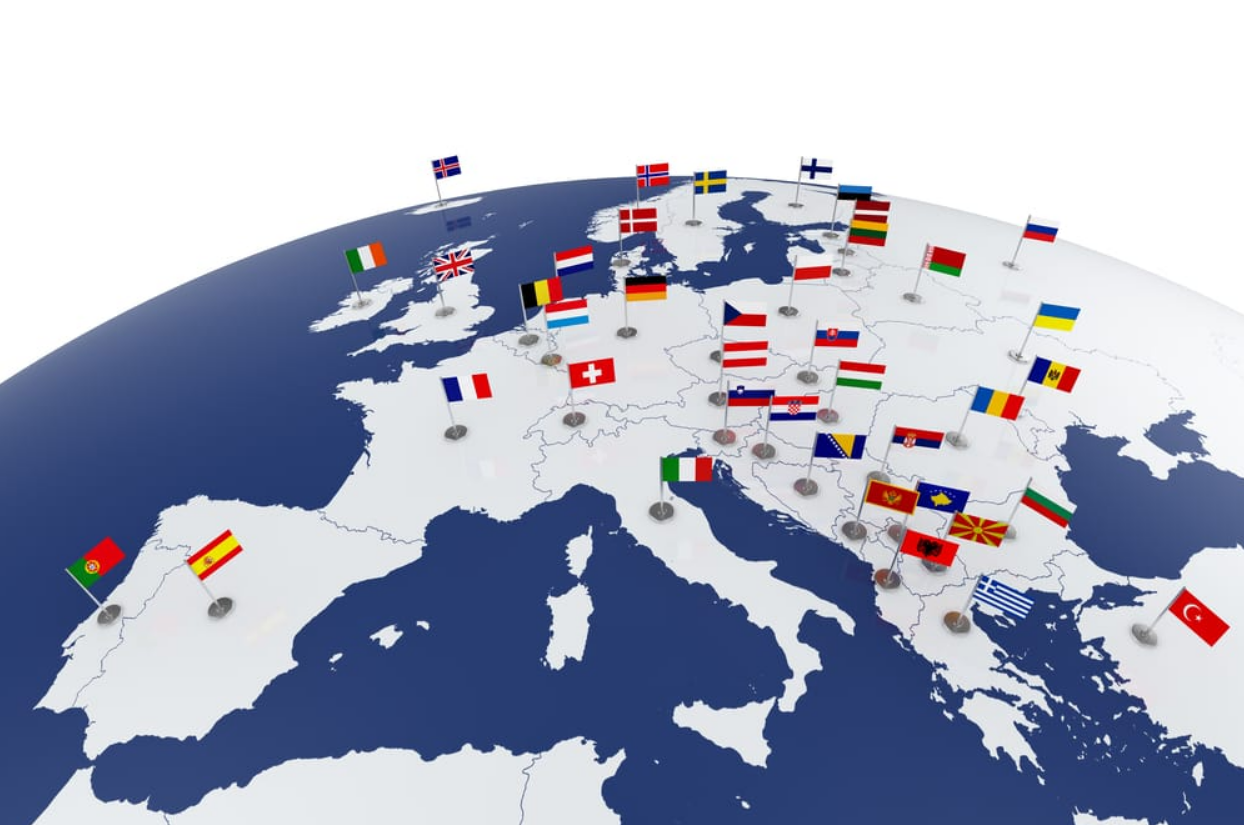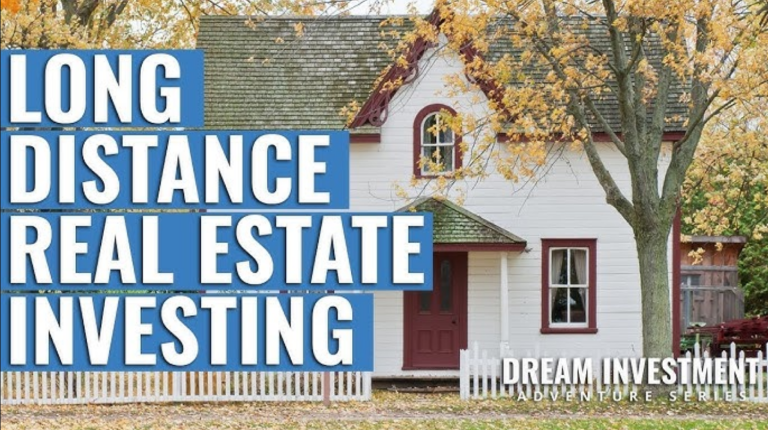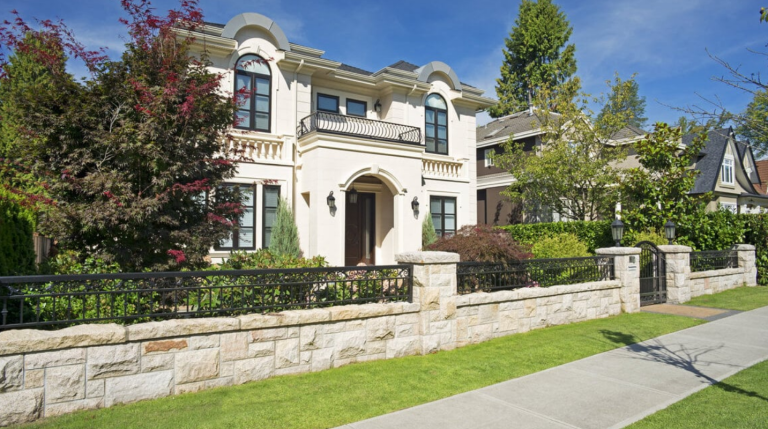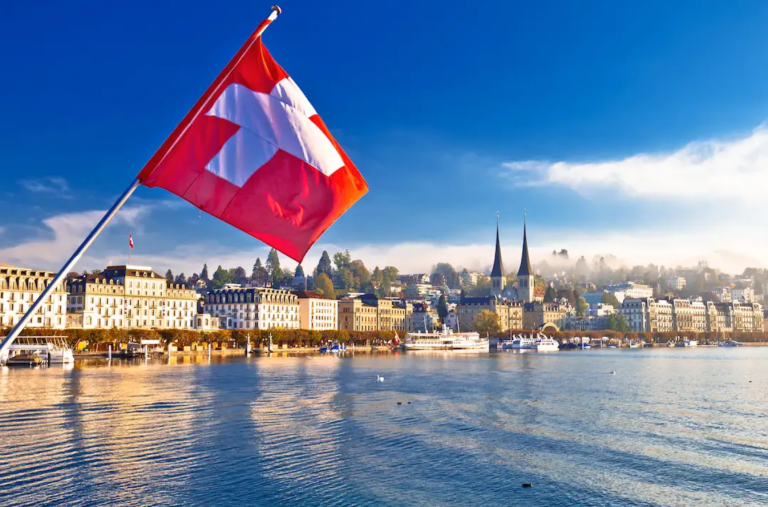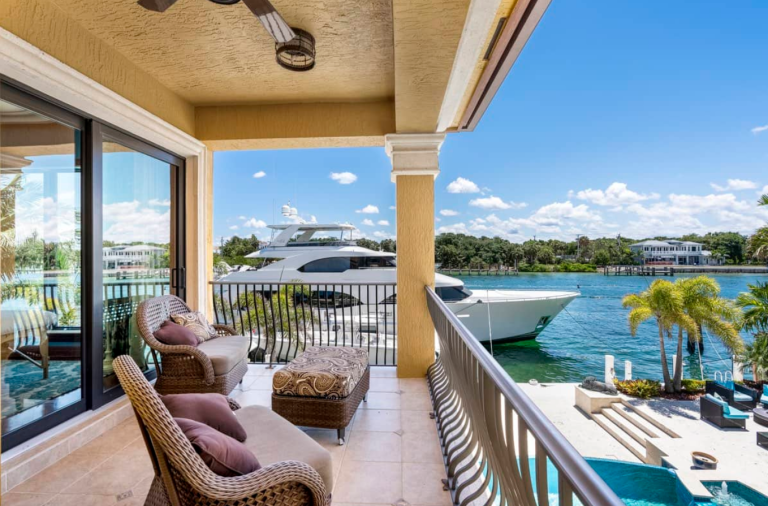Top Strategies for Purchasing Vacation Property in Europe
Embarking on the journey to own a vacation home in Europe is an exciting venture that blends lifestyle aspirations with savvy investment opportunities. For buyers from the United States and Europe, where high-demand markets drive premium real estate, understanding the best approaches to secure a dream retreat is essential. Whether you’re envisioning a sun-soaked villa in the Amalfi Coast or a cozy chalet in the Swiss Alps, this guide offers practical strategies to navigate the process. From selecting the perfect location to unlocking financing options, we’ll cover how to make your European
Vacation properties in Europe are more than just second homes—they’re gateways to cultural immersion and financial growth. With tourism booming and remote work enabling flexible lifestyles, demand for these properties is surging, with prices in top destinations appreciating by 5-8% annually. Let’s explore the smartest ways to dive into this vibrant market.
Key Insights on Buying Vacation Property in Europe
To set the stage, purchasing a vacation home involves understanding market dynamics, legal frameworks, and financial considerations unique to Europe. Unlike primary residences, vacation properties prioritize location desirability—think proximity to beaches, ski resorts, or cultural hubs. In Europe, prime spots like Spain’s Costa del Sol, France’s Provence, or Italy’s Tuscany often see average prices ranging from €300,000 for apartments to €2 million for villas, driven by limited supply and international demand.
Legal nuances vary by country. EU residents enjoy seamless ownership rights, but US buyers may face restrictions, like Spain’s 30% non-resident deposit requirement or France’s wealth tax considerations. Financing typically involves 60-80% loan-to-value (LTV) ratios, with interest rates at 3-4.5% in countries like Germany or France, compared to 6-7% in the US. Always account for additional costs: transfer taxes (5-10%), notary fees (1-2%), and annual maintenance, which can hit €5,000-€15,000 for high-end properties.
Market trends highlight a shift toward sustainable properties, with buyers favoring eco-friendly homes featuring solar panels or smart energy systems. Data shows 60% of buyers now prioritize green certifications, boosting resale value by 7-10%. Additionally, short-term rental platforms like Airbnb drive demand, with nightly rates in Paris or Barcelona yielding €150-€500, making these homes dual-purpose investments.
In-Depth Benefits of Owning a European Vacation Property
Investing in a European vacation home delivers a blend of lifestyle perks and financial rewards, amplified by cutting-edge features in modern properties. Here’s a detailed look at why these homes are a game-changer for buyers.
Lifestyle Flexibility and Comfort: Vacation properties offer a personal sanctuary tailored to your tastes. Many include smart home systems like Homey or Tado, enabling remote control of heating, lighting, and security via apps. For instance, adjusting a chalet’s thermostat from New York ensures a warm arrival in Chamonix. These systems cut energy costs by 15-25%, crucial in Europe’s eco-conscious markets, and enhance comfort with voice-activated controls for blinds or entertainment setups.
Rental Income Potential: Platforms like Airbnb or Booking.com transform your property into a revenue stream. In high-demand areas like Lisbon, a €500,000 apartment can generate €30,000-€50,000 annually in rentals, covering mortgage payments and taxes. Detailed perks include AI-driven pricing tools that optimize nightly rates based on demand, maximizing returns—some owners report 8-12% ROI after expenses.
Cultural and Social Enrichment: Owning in Europe immerses you in diverse cultures, from Italy’s wine regions to Spain’s festivals. Properties often come with community amenities—think shared pools or vineyard access—fostering connections with locals and expats. This solves the isolation of urban life, with studies showing vacation home owners report 20% higher life satisfaction due to regular escapes.
Long-Term Appreciation: European vacation homes in prime areas appreciate steadily, with Tuscany villas gaining 6% annually versus 4% for standard properties. Smart features like geothermal heating or rainwater systems further boost value, appealing to eco-savvy buyers and ensuring resale competitiveness in high-CPC markets like the UK.
Tax and Financial Incentives: Some countries, like Portugal’s Golden Visa program, offer residency through property investment (from €280,000 in low-density areas). In France, green retrofits qualify for tax credits up to €7,500, offsetting costs. These benefits address financial planning needs, making ownership a strategic wealth-building tool.
Real-World Examples of Vacation Properties
To illustrate, here are three real vacation properties showcasing diverse options across Europe. Each includes detailed features and links to explore further.
-
Costa del Sol Beachfront Apartment, Spain: This modern two-bedroom in Marbella, priced at €450,000, offers sea views, a communal infinity pool, and smart home automation for lighting and AC. Its location near Puerto Banús ensures high rental demand (€200/night peak season). Detailed appeal: The property’s energy-efficient design, with solar panels, cuts bills by 20%, and its gated security with biometric locks ensures safety for absentee owners. Perfect for US buyers seeking sunny escapes, it solves the problem of costly hotel stays. Learn more: Kyero Costa del Sol Listings.
-
Tuscan Villa in Chianti, Italy: A €1.2 million stone villa with four bedrooms, a private vineyard, and a pool, this property blends rustic charm with tech like smart irrigation systems. It’s ideal for families or retirees, with rental yields of €400/night. In-depth: The villa’s eco-certification boosts resale value, and its proximity to Florence offers cultural access. It addresses the need for tranquil retreats from urban stress. Check details: Sotheby’s Tuscany Properties.
-
Alpine Chalet in Chamonix, France: Priced at €900,000, this three-bedroom chalet features ski-in/ski-out access, a sauna, and Home Assistant integration for remote heating control. It generates €50,000 annually in winter rentals. Elaborating: Its insulated design and solar water heaters cut costs, while secure keyless entry suits frequent travelers. This tackles the challenge of balancing work and leisure. Explore: French Property Chamonix Listings.
These examples highlight how location, tech, and investment potential align to meet diverse buyer needs.
Transactional Guidance: How to Purchase Your Vacation Home
Buying a vacation property in Europe involves clear steps and costs. Start with financing: European banks like Santander or BNP Paribas offer non-resident mortgages at 3.5-4.5%, requiring 20-40% down payments (€60,000-€400,000 for €300,000-€1M homes). Closing costs, including taxes, range from 7-12%, with notary fees adding €2,000-€5,000.
Steps to Buy: First, hire a local real estate agent specializing in foreign buyers—firms like Knight Frank excel here. Next, verify property titles and zoning via a lawyer, as European regulations differ (e.g., Spain’s urban vs. rustic land rules). Secure pre-approval, then negotiate, often including furniture or upgrades. Closing takes 2-3 months, longer for non-EU buyers due to visa checks.
Where to Buy: Platforms like Rightmove Overseas (UK-focused) or Idealista (Spain/Portugal) list vetted properties. For a seamless start: Browse Top European Vacation Homes
Pricing: Entry-level apartments start at €200,000 in Portugal’s Algarve; villas in France or Italy hit €800,000-€2M. Affiliate brokers like JamesEdition offer tailored searches: Find Your Dream Property
Detailed Use Cases and Value Proposition
Imagine a US tech professional seeking a Mallorca apartment: A €350,000 property with smart locks and rental management solves hotel cost issues, saving $10,000 yearly while earning €25,000 in rentals. It’s essential for work-life balance, offering a Mediterranean escape.
For a UK family: A €600,000 Provence villa with a pool addresses cramped city living, providing space and cultural enrichment. Green features cut utility costs, and rentals offset mortgage payments, making it a practical wealth-building tool.
An investor in Germany: A €500,000 Black Forest chalet generates €40,000 annually via Airbnb, hedging against inflation. Its eco-design ensures long-term value, addressing low savings returns in volatile markets.
These properties solve real problems—costly vacations, urban stress, and financial stagnation—making them vital for modern buyers.
Frequently Asked Questions
-
What’s the minimum down payment for a European vacation home?
Typically 20-30% for EU residents; 30-40% for US buyers. Some banks offer 100% financing for high-income EU locals. -
Are there tax benefits to owning in Europe?
Yes, countries like Portugal offer non-habitual resident schemes, cutting taxes. Green upgrades in France yield credits up to €7,500. -
How much can I earn renting out my property?
In peak areas, €150-€500/night, or €20,000-€60,000 annually, depending on location and season. Check local rental laws. -
Do I need a visa to buy in Europe as a US citizen?
No, but residency programs like Portugal’s Golden Visa require €280,000+ investments for visa eligibility. -
What’s the best season to buy in Europe?
Winter often brings lower prices and less competition, especially in tourist-heavy areas like Spain or Italy.
